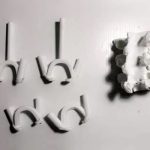
3D Printing Surgical Medical Application Cases
2025-04-25
3D printing customizes racing-grade high-performance exhaust pipes for cars
2025-04-26Case Study of 3D Printer Production of Cupping Injection Mold
The 3D printer used by HXC company produces metal molds with conformal cooling channels to improve the quality of final cupping and injection efficiency
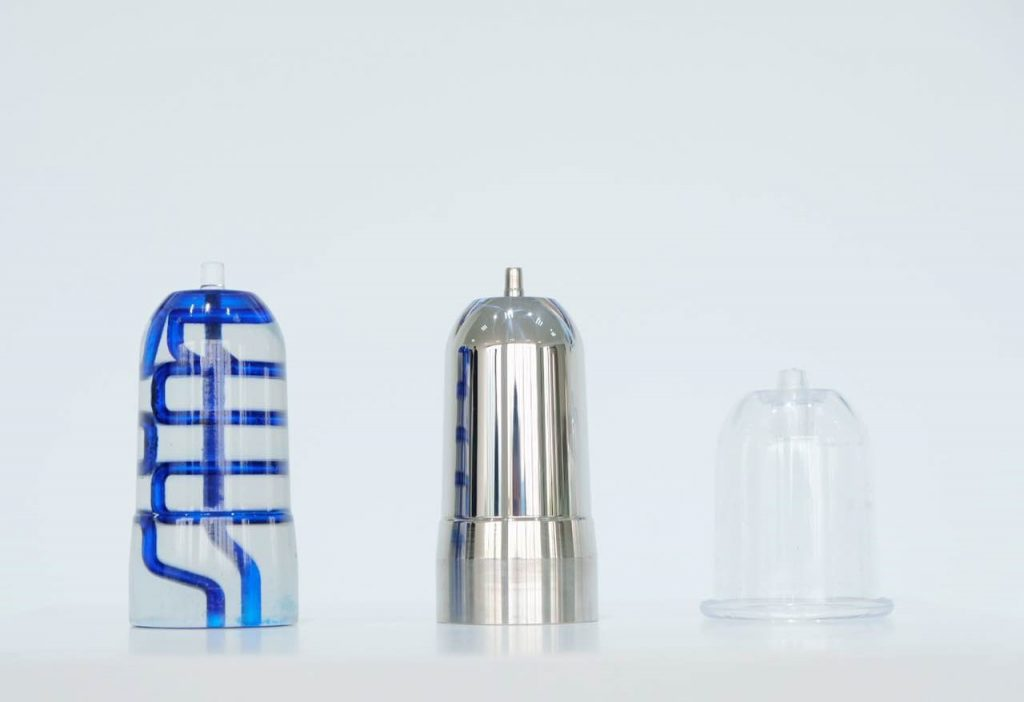
Case background
Injection molding is the most widely used industrial production mode, mainly used for mass production of plastic and rubber parts. With the increasing demand for the quality of final injection molded products, the requirements for heat dissipation and filling speed of injection molds are also becoming higher. Although traditional CNC technology has many limitations, metal 3D printing technology can manufacture injection molds with conformal cooling channels, thereby improving heat dissipation and injection efficiency.
Customer requirements
Increase the transparency of cupping.
Reduce the weight of cupping.
Improve injection molding efficiency.
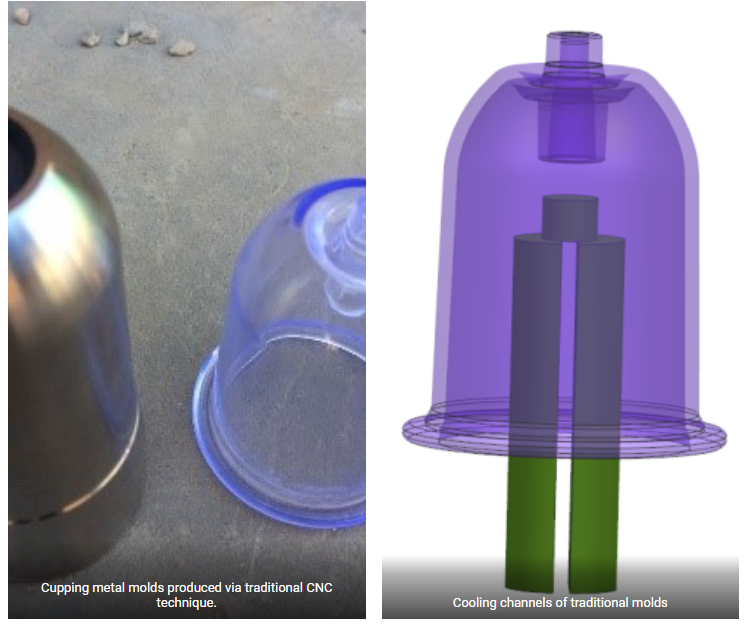
The cupping transparency of traditional injection molding is relatively low, and it is made of PS material
Metal 3D printing molds:
The cupping mold produced through traditional CNC technology can only process vertical cooling channels. Although the maximum diameter of the cooling channel is 20mm, it cannot effectively cool the mold, resulting in low transparency and injection efficiency of the final injection molded parts.
To manufacture cupping through metal 3D printing technology, complex conformal cooling channels can be easily produced according to the shape of the mold and the requirements of the engineer.
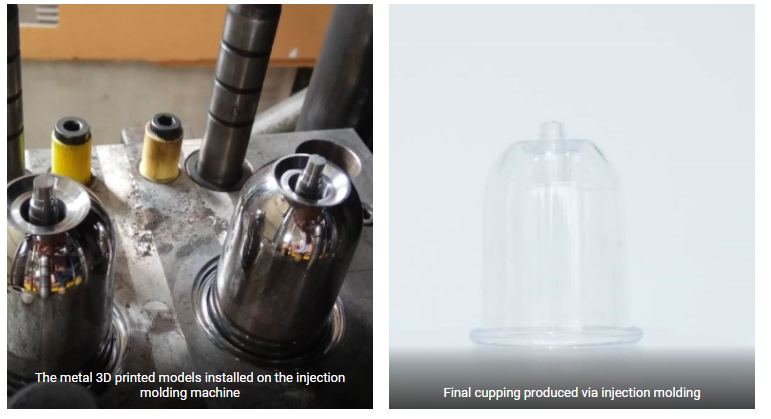
Simulation of mold temperature changes
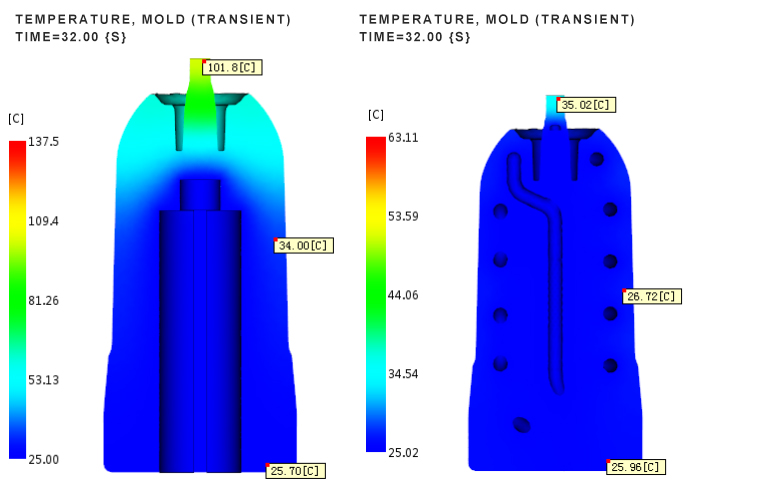
Through computer simulation testing, the temperature of 3D printed molds with conformal channels is 74 ℃ lower than that of 3D printed molds with traditional channels.
Simulation of temperature changes during final cupping

When the cupping is cooled for 15 seconds, the final cupping is 60 ℃ lower than that produced by traditional molds, and the cooling efficiency is improved by 60%. Meanwhile, the final cupping process only takes 16.63 seconds to reach the spraying temperature. Compared with traditional molds that require 22.97 seconds, the time has been reduced by more than 6 seconds and the injection efficiency has been improved by about 26%.
in conclusion:
The cooling time of 3D printed metal molds was reduced by 26% and the temperature was reduced by 60% compared to traditional molds.
The maximum temperature difference of the conformal cooling channel between the mold inlet and outlet of the 3D printed metal mold is 5°C, which meets the channel design requirements. The pressure is 0.3Mpa, which can meet the requirements of general mold temperature controllers without any stagnation, eddy current, backflow, etc.
In summary, the 3D printed metal mold with conformal cooling channels can not only meet the requirements of the injection molding process, but also has more performance advantages compared with traditional molds, thereby improving the injection molding efficiency and the quality of the final injection molded products.





